Welcome back to The Journey, where we follow hockey prospects and their paths to the NHL, providing Fantasy predictions and analysis along the way. I’ll be taking over this column from Hadi Kalakeche who has set a high bar for me here! Follow him on Twitter at @hadik_scouting for a steady stream of high-level prospect analysis and all-around greatness.
This week, three players are highlighted who are high on Rank King‘s PNHLe chart but flying under the radar. All three are likely still available in 10-12-team keeper leagues, depending on farm size. Even if someone else owns them already, you might still have time to sneak in a trade offer before the hype hits.
What's PNHLe? It's a way to project a player’s peak point potential in the NHL—alliteration slightly intended. So if a player has a PNHLe of 60, they might become a 60-point scorer in the NHL in their prime. This stat has limitations but can be incredibly useful when comparing apples and oranges—players from different leagues. If Player A scores 100 points in the USHL, how does that compare to Player B scoring 30 points in the KHL at the same age? How many points might each player eventually score in the NHL? PNHLe takes away some of that guesswork.
You might also see people use NHLe, which mostly generates a lower number than PNHLe. The only difference is that the ‘P’ adds a projection element, whereas NHLe translates a prospect’s current production straight across into NHL terms. So scoring 60 points in 60 WHL games played (GP) is like scoring 25 points in 82 NHL GP (25 NHLe), but scoring at that rate as an 18-year old in the WHL means that player might eventually score 60 points in the NHL (60 PNHLe). Read more here about how NHLe is calculated. The short answer is that it's based on historical precedents: how well players from given junior leagues performed over their careers once they reached the NHL.

Great. Let’s get to it.
Carter Savoie, 85 PNHLe
19 points in 12 NCAA GP
A 2020 fourth-round Edmonton pick, Savoie is currently ripping up the NCAA for the University of Denver as a 19-year-old sophomore—scoring nearly a goal per game so far. Much like his brother Matthew (2022 draft), Carter’s main weapon is a world-class shot. He uses it a ton: he led all college rookies last year with 3.5 shots per game and has upped that rate to 4.6 this year.
If he keeps up his current pace, he’ll finish with 22 goals and 38 points in 24 games. Any time a prospect can approach a goal per game or two points per game in a junior league, fantasy managers should take note. These impressive goal totals at this age are reminiscent of players like Alex DeBrincat, Cole Caufield, and Arthur Kaliyev—all known for elite-level shots.
Take a look at this wicked wrister from 3 feet past the top of the circle:
Knocks on Savoie include his small stature (5-9), below-average skating ability, and a tendency to neglect defensive responsibilities to cheat on offence. He's also scored a decent number of goals as one-timers on relatively open nets. That's not necessarily a bad thing—it shows among other things that he has good instincts and positioning—but it does mean that we should take his totals with a grain of salt.
Savoie's a stocky 192 lbs, around 30 lbs heavier than DeBrincat, who's the same height and scored 41 goals in the NHL at 21 years old. Somewhat like Sidney Crosby, known early for his impressive core strength, Savoie is not easily knocked off the puck; he absorbs heavy hits and can push through pressure while protecting the puck. Don't worry about how many inches below 6 feet he is.
As for skating and defence, these can be learned and worked on. Observers were already seeing growth in both areas by the end of his last campaign. A second year of seasoning in a strong Denver program will help him continue reining in sloppy habits he picked up while dominating the AJHL, a lower-tier league, in his draft year—cheating up the ice and not giving 100% on defense.
A player like Savoie will never be a defensive stalwart; with him, it’s more about not being a liability in his own zone so he can play NHL minutes. Alongside dynamic playmakers like Connor McDavid and Leon Draisaitl, Savoie could look a lot like peak Mike Hoffman, piling up shots and goals, thriving on the powerplay, and pushing past 70 or 80 points. Quite the find for the Oilers in the 4th round!
Juuso Parssinen, 69 PNHLe
15 points in 13 Liiga GP
The second coming of Anton Lundell? A big, skilled Finnish center prospect known for his responsible two-way play who is showcasing untapped offensive potential, Parssinen is currently torching Finland’s top men's league at 20, scoring over a point per game in the first quarter. Reminiscent of Lundell last year in the same league, right?
Sort of. Parssinen’s draft +2 (0.76 points-per-game) last year is actually more comparable to what Lundell accomplished two years younger in his draft year (0.64). As you can see below, that two year "delay" in development significantly lowers Parssinen’s star potential versus Lundell in terms of historical precedents.
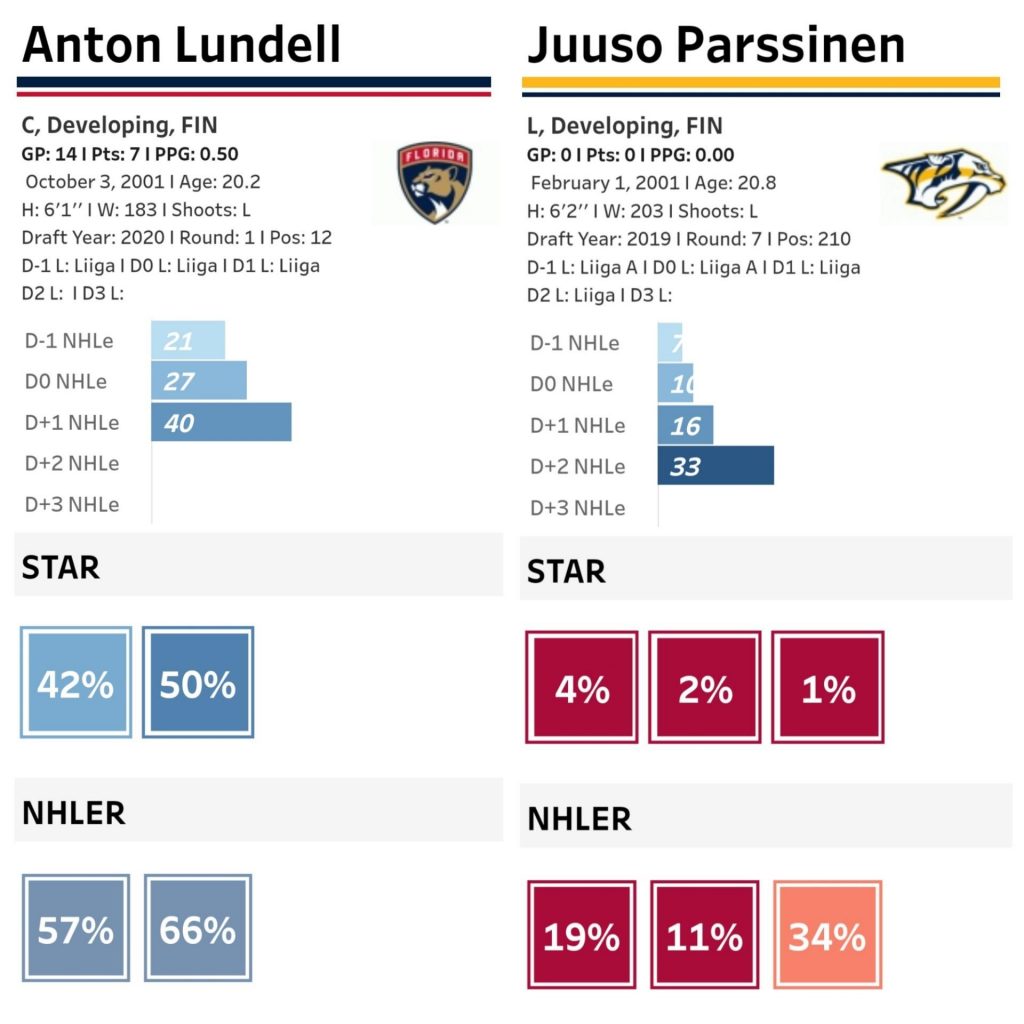
That said, one of his closest comparables right now in terms of early career progression is Troy Terry, who is absolutely popping off for the Ducks this year. So who knows? Maybe Parssinen takes that 1% chance and runs with it to become a star (0.7+ career points per game). Or maybe he at least becomes a serviceable middle-sixer with upside. If he keeps up this type of production for the rest of this Liiga season and then transitions well to North America next year with the Milwaukee Admirals (AHL), the Predators will have already recouped enormous value on their seventh round pick from 2019.
That’s the biggest red flag here for fantasy managers: Parssinen is a Nashville prospect, a team notorious for limiting its top players’ ice time and offensive ceilings. Regardless, he’ll look to follow in the footsteps of young guns Eeli Tolvanen (age 22) and Philip Tomasino (20) to join the big club sooner rather than later. He signed a three-year entry level deal with the Preds this past June.
Beyond the stats, what stands out most about Parssinen is his spatial awareness and poise with the puck. A number of his powerplay points in the Liiga involve him reading the defense, patiently waiting for an opening, and then threading the puck through a crowded crease to an open stick. He also has a decent shot when he chooses to use it. Last year he was more of a distributor (8 goals, 34 assists) but this year he is shooting more and already has six goals in his first 15 games.
Parssinen is quite capable defensively as well, choosing efficient angles across the ice to bear down on opposing players and take away their passing options before stripping them of the puck.
Watch him make Team Switzerland’s entire roster look like cardboard cut-outs on broken wire spokes at last year’s World Juniors:
Looks like a star to me.
Olivier Nadeau, 61 PNHLe
26 points in 19 QMJHL GP
Nadeau, a 2021 4th round pick Buffalo pick, led the Shawinigan Cataractes in scoring last year in the Q, edging out higher-pedigree linemates Mavrik Bourque (DAL) and Xavier Bourgault (EDM)—both former first-round picks.
To be fair, Bourque and Bourgault both eclipsed Nadeau in points-per-game and that trend has continued so far in 2021-22 as the three have been reunited again for the Cataractes. But regardless, Nadeau should be turning heads by now as an under-the-radar prospect to keep tabs on and stash in deeper leagues.
He’s so skilled at drawing in defenders that it can seem magnetic at times.
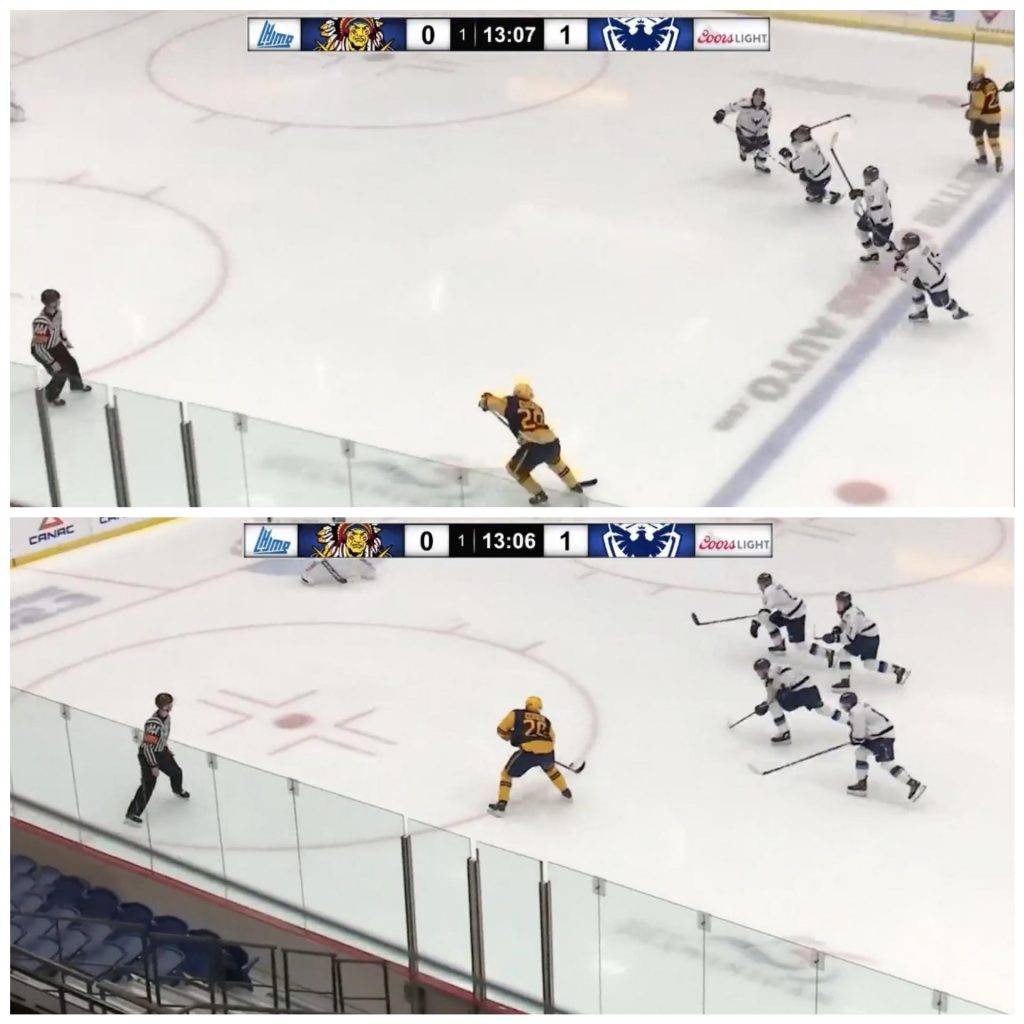

Seriously though, Nadeau projects as an above-average playmaker (check out his high xA1/60 = primary assist rate below) who not only efficiently carries the puck into the offensive zone but also fights to retrieve it after turnovers. Oh, and he can also put the puck in the net himself whenever he wants to (xG/60 = expected goal rate). Again, not bad for a fourth-round pick!
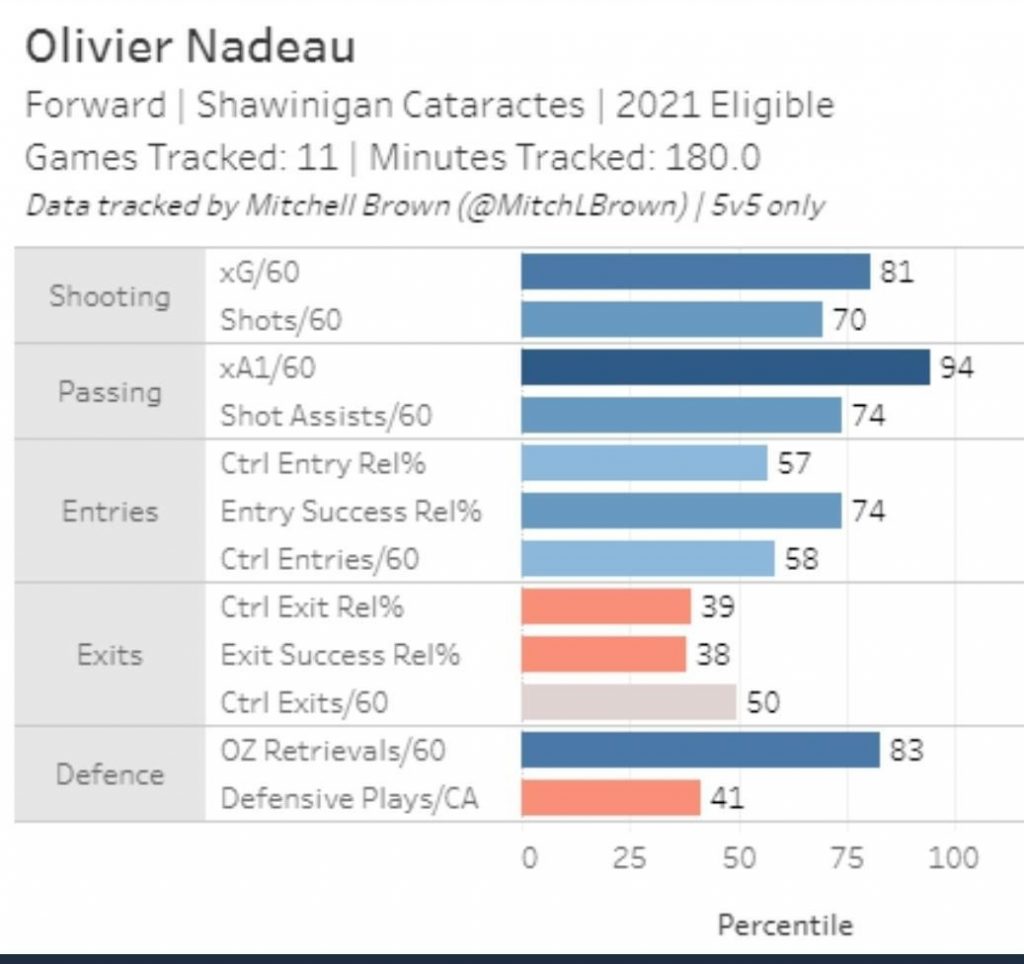
Buffalo is a rebuilding team looking to build around its young star power, so hopefully Sabres fans won’t have to wait too long to see Nadeau throwing pucks around on the powerplay with the likes of Rasmus Dahlin, Dylan Cozens, Peyton Krebs, and Jack Quinn. Expect AHL time for him next year with NHL call-ups coming not long after if he proves he can drive play against men.
Thanks for reading! Follow me on Twitter at @beegare for more fantasy hockey analysis and prospect content.

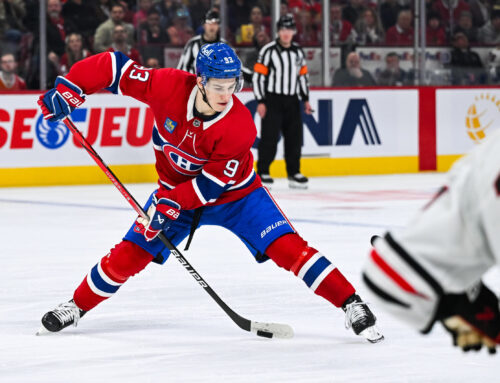
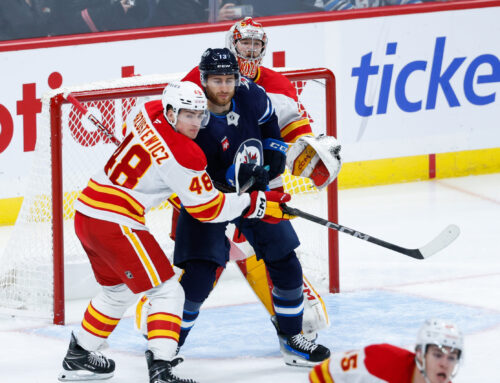
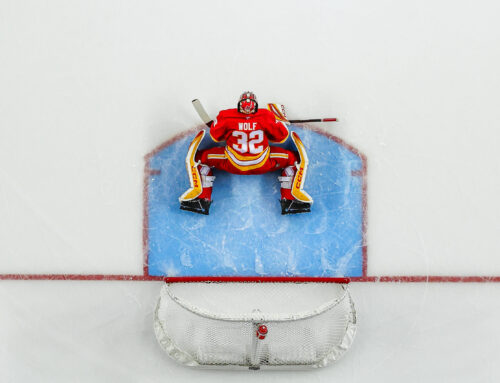
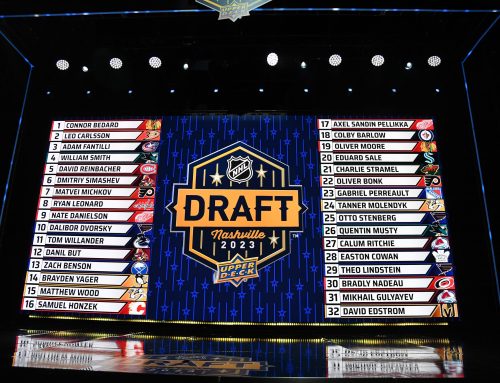
 EDM
EDM FLA
FLA MIN
MIN NYR
NYR L.A
L.A DAL
DAL CBJ
CBJ DET
DET S.J
S.J
